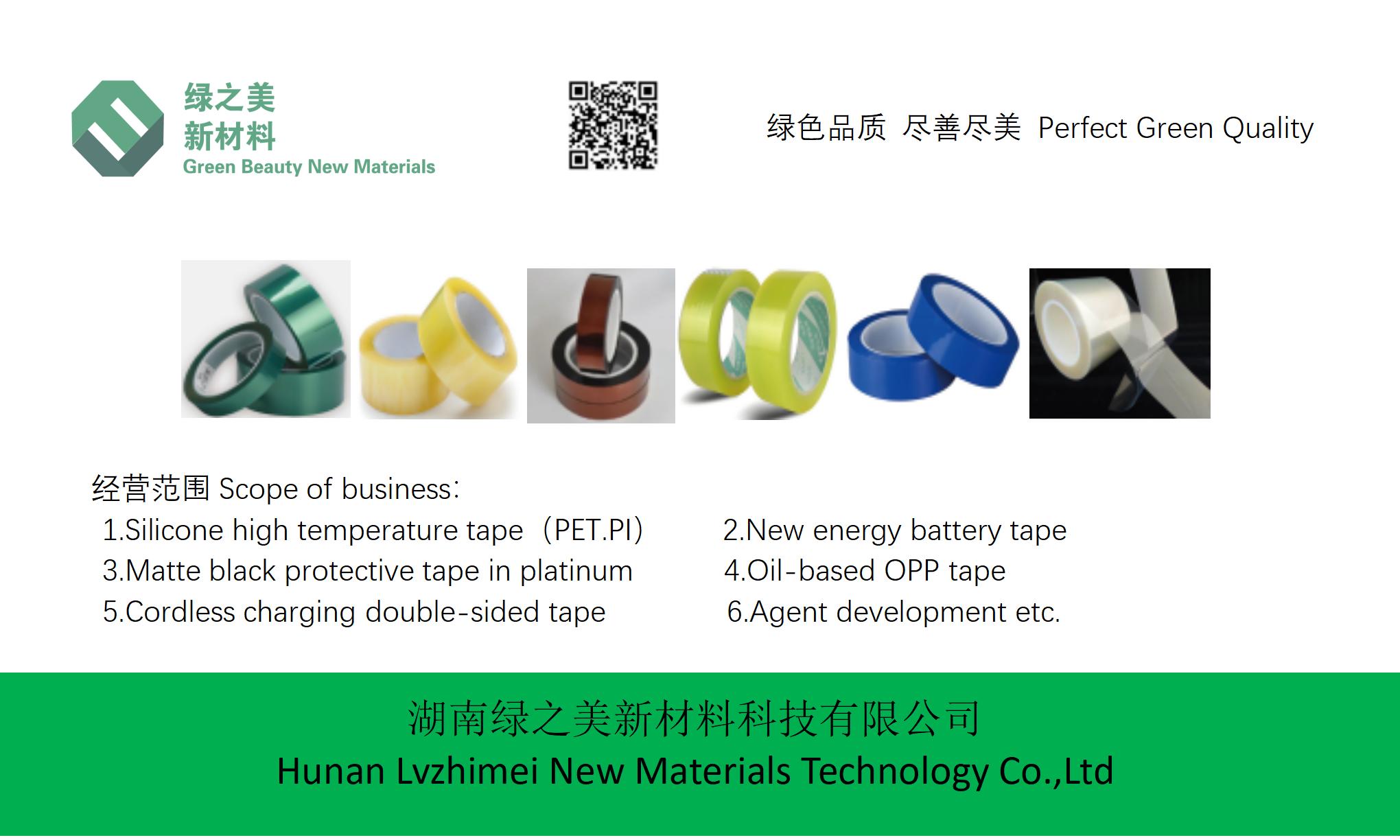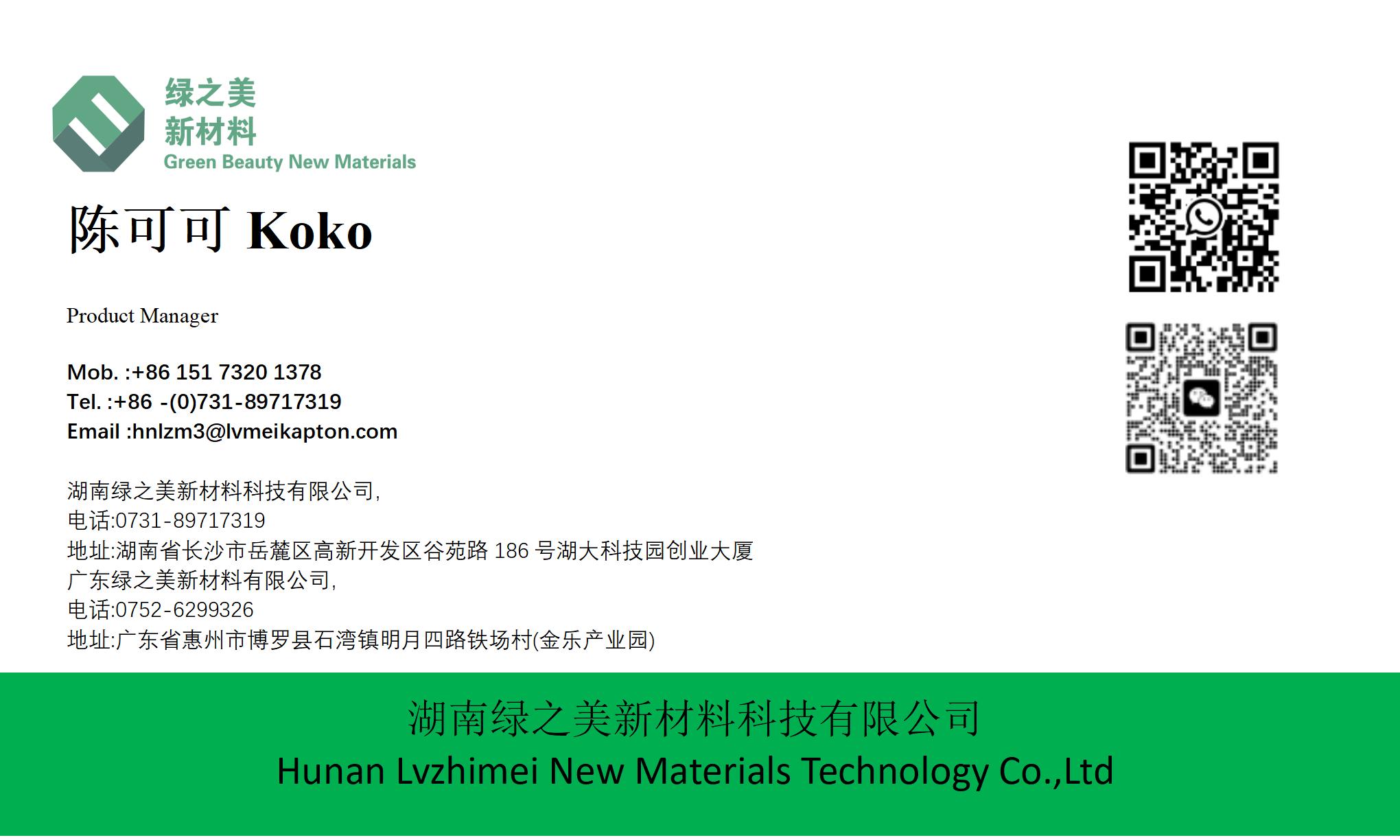hnlzm@lvmeikapton.com
+86 13787123465


Hunan Lvzhimei New Material Technology Co., Ltd.


NameDescriptionContent
How Does Strong Adhesion and Blocking High Temperature Tape Mitigate Arc Flash Risks in Power Grids? |https://www.lvmeikapton.com/
Source:
|
Author:Koko Chan
|
Published time: 2025-04-18
|
0 Views
|
Share:
Introduction
Arc flash, a sudden discharge of electricity across air gaps or along insulator surfaces, poses severe threats to power grid reliability and personnel safety. The intense heat and pressure generated by arc flashes can cause equipment damage, fires, and even fatalities. To mitigate these risks, utilities and electrical engineers have increasingly turned to innovative materials like strong adhesion and blocking high temperature tape (SATHT), specifically LVMEIKAPTON insulating electrical tape, to enhance insulation protection and system resilience. This article delves into the mechanisms, applications, and benefits of SATHT in reducing arc flash hazards.
Arc flash, a sudden discharge of electricity across air gaps or along insulator surfaces, poses severe threats to power grid reliability and personnel safety. The intense heat and pressure generated by arc flashes can cause equipment damage, fires, and even fatalities. To mitigate these risks, utilities and electrical engineers have increasingly turned to innovative materials like strong adhesion and blocking high temperature tape (SATHT), specifically LVMEIKAPTON insulating electrical tape, to enhance insulation protection and system resilience. This article delves into the mechanisms, applications, and benefits of SATHT in reducing arc flash hazards.


How Does Strong Adhesion and Blocking High Temperature Tape Mitigate Arc Flash Risks in Power Grids?
IntroductionArc flash, a sudden discharge of electricity across air gaps or along insulator surfaces, poses severe threats to power grid reliability and personnel safety. The intense heat and pressure generated by arc flashes can cause equipment damage, fires, and even fatalities. To mitigate these risks, utilities and electrical engineers have increasingly turned to innovative materials like strong adhesion and blocking high temperature tape (SATHT), specifically LVMEIKAPTON insulating electrical tape, to enhance insulation protection and system resilience. This article delves into the mechanisms, applications, and benefits of SATHT in reducing arc flash hazards.
The Dangers of Arc Flash in Power GridsArc flash incidents occur when electrical insulation fails due to various factors:
1.
Contamination and Humidity: Dust, salt deposits, or moisture accumulate on insulators, lowering flashover voltage.
2.
Thermal Aging: Long-term exposure to high voltages and temperatures degrade insulation materials.
3.
Mechanical Damage: Abrasion, vibration, or cable movement compromises insulation integrity.
4.
Overvoltage Events: Lightning strikes or switching surges can exceed design thresholds.
Consequences include:
●
Immediate equipment destruction (e.g., burned transformers, melted cables).
●
Outages disrupting power supply.
●
Injuries from heat, sound, and shrapnel.
●
Financial losses from downtime and repairs.
According to industry data, arc flash-related accidents account for 5-10% of power grid failures, emphasizing the need for proactive protection strategies.
Role of Strong Adhesion and Blocking High Temperature TapeSATHT, exemplified by LVMEIKAPTON insulating tape, offers a multi-layered defense against arc flash risks through its unique properties:
1. Exceptional Insulation and Temperature Resistance
●
High Dielectric Strength: SATHT withstands voltages up to 8.5 kV/mm, preventing breakdowns even in extreme conditions.
●
Thermal Stability: Able to endure prolonged exposure to 300°C for 10 minutes or continuous operation at 180°C, mitigating risks from overheating.
●
Chemical Resistance: Resistant to acids, alkalis, and oils, maintaining performance in harsh environments.
Example: During a transformer overheating incident, SATHT wrapped around the winding prevented insulation burnout by maintaining structural integrity at 250°C, avoiding a potential arc flash.
2. Superior Adhesion and Mechanical Strength
●
Strong Adhesion: Adheres firmly to surfaces even under mechanical stress, avoiding peeling or detachment.
●
Flexibility and Tear Resistance: Withstands bending and abrasion, ideal for applications with cable movement or vibration.
●
Residue-Free Removal: Allows easy maintenance without damaging underlying insulation.
LVMEIKAPTON Tape’s Unique Features:
●
Amber Color: Visually distinguishes critical areas, aiding inspection and maintenance.
●
Self-Fusing Property: Overlapping layers bond seamlessly, eliminating gaps for enhanced protection.
3. Barrier Protection Against Environmental Factors
SATHT acts as a moisture and contaminant barrier, crucial in preventing flashovers triggered by:
●
Condensation: In outdoor equipment exposed to rain or dew.
●
Industrial Pollutants: Salt, dust, or chemical vapors common in industrial settings.
●
Animal Contact: Rodents or birds damaging cables.
Table 1: Comparison of SATHT vs. Traditional Insulation Materials
Property | SATHT (LVMEIKAPTON) | PVC Tape | Rubber Tape |
Temperature Range | -40°C to 300°C | -20°C to 80°C | -30°C to 150°C |
Dielectric Strength | 8.5 kV/mm | 3.0 kV/mm | 4.5 kV/mm |
Adhesion Strength | ≥2 N/mm | 1.0 N/mm | 1.5 N/mm |
Chemical Resistance | Excellent | Moderate | Fair |
Long-term Durability | >10 years | 3-5 years | 2-3 years |
Applications in Power GridsSATHT’s versatility enables protection across various grid components:
1. Cable Joints and Terminations
●
Wrapping cable joints with SATHT enhances insulation, preventing flashovers due to moisture ingress or mechanical stress.
●
For example, in a 35kV cable termination, multiple layers of LVMEIKAPTON tape form a protective barrier against both electrical and environmental stresses.
2. Transformer Coils and Bushings
●
SATHT’s high-temperature resistance protects transformer windings during overload conditions.
●
Application: A utility company reported a 30% reduction in transformer failures after applying SATHT to high-voltage bushings.
3. Busbars and Switchgear
●
SATHT covers busbars to prevent accidental contact and arc flash during maintenance.
●
Its red, gray, or black colors help technicians identify phases, further reducing human error risks.
4. Temporary Overhead Line Repairs
●
Quick installation of SATHT on damaged insulators or conductors stabilizes systems until permanent repairs can be made.
Mitigation MechanismsSATHT mitigates arc flash risks through four key mechanisms:
1.
Flashover Voltage Elevation: By increasing insulation thickness and dielectric strength, SATHT raises the critical flashover voltage threshold. For example, a 2mm layer of LVMEIKAPTON tape can increase flashover voltage by 20-30%.
2.
Heat Dissipation: SATHT’s thermal stability absorbs and dissipates heat generated by electrical faults, reducing damage propagation.
3.
Moisture and Contaminant Blocking: The tape’s hydrophobic and chemical-resistant properties prevent flashovers triggered by environmental factors.
4.
Mechanical Reinforcement: SATHT’s tear resistance and strong adhesion prevent insulation cracking or peeling under mechanical stress.
Case Study: SATHT Implementation in a SubstationA regional power utility faced frequent arc flash incidents in its 110kV outdoor switchgear due to salt spray from nearby coastal winds. After applying LVMEIKAPTON tape to insulators and busbars, the utility observed:
●
50% reduction in flashover incidents within the first year.
●
Zero tape failures during a Category 3 typhoon with sustained winds of 120 km/h.
●
Cost savings:避免了更换损坏设备的费用超过$500,000.
Key Implementation Steps:
1.
Surface preparation: Cleaned insulators with alcohol to remove salt deposits.
2.
Tape application: Wrapped tape in 1/2 overlap, ensuring 2mm thickness and hand-pressed seals.
3.
Periodic inspections: Verified tape integrity every 6 months using infrared thermography.
Challenges and ConsiderationsWhile SATHT offers significant benefits, proper implementation requires attention to:
1.
Surface Preparation: Grease, dust, or moisture can compromise adhesion.
2.
Thickness Management: Overlapping layers must maintain uniformity to avoid electrical stress concentration.
3.
Training: Personnel need training to ensure correct application techniques.
4.
Compatibility: Ensure SATHT is compatible with existing materials (e.g., no chemical reactions with cable jackets).
ConclusionStrong adhesion and blocking high temperature tape, exemplified by LVMEIKAPTON insulating tape, plays a pivotal role in mitigating arc flash risks in power grids. By combining thermal stability, superior adhesion, and environmental resistance, SATHT enhances insulation resilience, reduces flashover probabilities, and extends equipment lifespan. As utilities worldwide strive to improve grid reliability and safety, SATHT’s adoption will continue to grow, supported by its proven performance in diverse applications.
References:
1.
IEEE Standard for Testing Insulators in Polluted Conditions (IEEE 60507).
2.
GB/T 1695-2005, Test Method for Dielectric Breakdown Voltage of Solid Insulating Materials.
3.
LVMEIKAPTON Technical Data Sheet ().



Hunan Lvzhimei New Material Technology Co., Ltd.
Quick Links
Product Categories
© 2024 Hunan Lvzhimei New Material Technology Co., Ltd.All Rights Reserved. Designed by Erge
0731 - 89717319
hnlzm@lvmeikapton.com
+86 13787123465
Room 502, Chuangye Building, No186, Guyuan Road, High-Tech District, Changsha, Hunan, China
CONTACT



